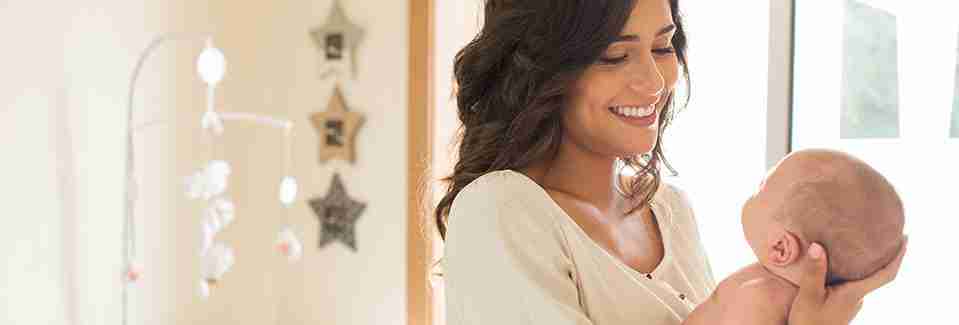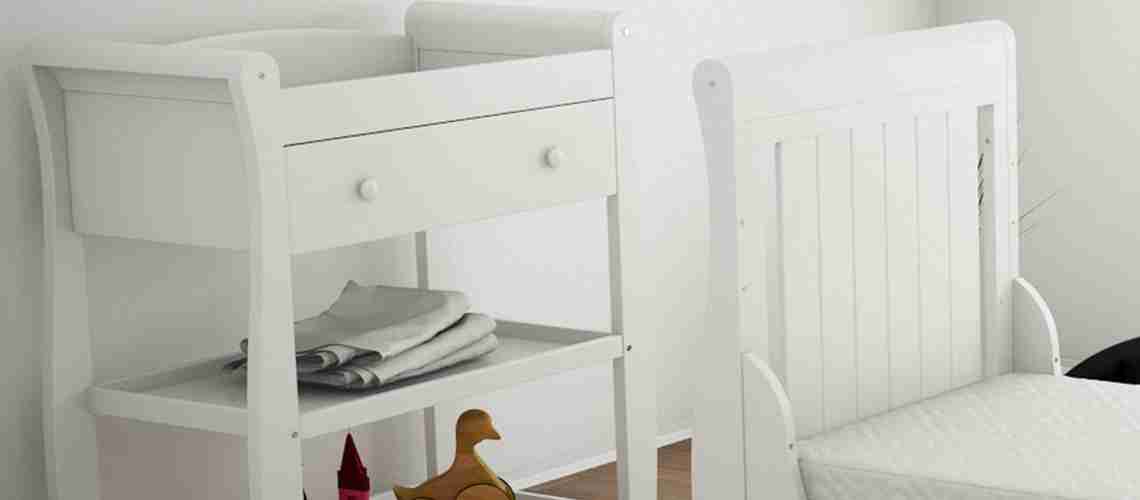A nursery is a haven for your precious newborn, a place where they can sleep soundly and explore their world in comfort. But as your baby grows and becomes more mobile, that same space can transform into a land of exciting yet unforeseen dangers. To ensure their safety and peace of mind (and yours!) cot safety becomes paramount. One crucial aspect of baby safety is baby-proofing their cot. In this guide, we’ll explore effective strategies to baby-proof a cot for added safety, providing you with peace of mind. You might want to have a look at the diverse range of cots and cot beds offered by Babymore.
The Cot Itself: Choosing Wisely for Safety
The foundation of cot safety lies in the cot itself. Here’s what to consider when choosing or inspecting your cot:
Look for a cot that adheres to the latest safety standards. Reputable manufacturers prioritise safety and will clearly display relevant certifications.
The cot should be sturdy and well-constructed, with no loose parts or wobbly joints. Solid wood is a popular and safe choice.
The slats on the cot sides should be no more than 60mm apart to prevent your baby from getting stuck or falling through.
A firm, well-fitting mattress is crucial. There should be no gaps between the mattress and the cot frame, which could pose an entrapment hazard.
Safe Sleep Practices
Implement safe sleep practices to reduce the risk of Sudden Infant Death Syndrome (SIDS). NHS UK recommends placing your baby on their back to sleep, using a firm mattress, and avoiding loose bedding, pillows, or toys in the cot.
Minimising Hazards Within the Cot
Once you have a safe cot, it’s time to focus on creating a safe sleep environment within it.
Keep it simple! A fitted sheet that hugs the mattress is all your baby needs. Loose blankets, pillows, and bumpers are suffocation hazards and should be avoided.
- The Power of “Less is More”
Resist the urge to add stuffed animals or other soft objects to the cot. These can pose a risk of suffocation or entrapment, especially for younger babies.
Mobiles can be visually stimulating for your baby. However, ensure they are securely attached and out of reach. Once your baby can reach for the mobile, it’s time to remove it.
Surrounding Safety: The Area Around the Cot
While the cot itself is vital, safety extends beyond its boundaries:
Place the cot away from windows, heaters, lamps, and electrical cords. This minimises the risk of burns, falls, or entanglement.
Consider a baby monitor to keep an eye on your little one while they sleep. However, position the monitor at least 3 feet away from the cot to avoid any potential strangulation hazard from the cord.
Avoid placing furniture near the cot that your baby could use to climb out. This includes dressers, changing tables, and bookshelves.
Additional Tips for Maintaining Cot Safety
Here are some bonus tips to make your cot safety plan even stronger:
Regularly inspect the cot for any loose screws, damaged slats, or worn-out mattress components. Replace or repair any faulty parts immediately.
As your baby learns to stand, gradually lower the mattress base to prevent falls.
Creating a Culture of Safety
Remember, cot safety is just one aspect of creating a safe environment for your child. Here are some additional considerations:
Never leave your baby unattended in the cot, especially when they are young.
- Exploration with Boundaries
Let your baby explore their surroundings, but ensure there are no choking hazards or sharp edges within reach.
- Safety is a Shared Responsibility
Educate caregivers and family members about cot safety practices.
By following these steps and creating a culture of safety in your home, you can ensure your little one’s cot remains a haven for peaceful sleep and joyful exploration.
Baby-Proofing Techniques
1. Secure the Mattress
Ensure the mattress is securely the exact size of the cot frame. Use fitted sheets designed specifically for cot mattresses to prevent them from coming loose during sleep.
2. Check for Loose Parts
Regularly inspect the cot for loose or broken parts, including screws, bolts, or slats. Tighten any loose components immediately to maintain the cot’s structural integrity.
3. Remove Hazardous Items
Keep the cot free from items that pose choking hazards, such as small toys, coins, or loose buttons. Also, avoid placing cords or strings near the cot to prevent strangulation risks.
4. Install Safety Rails
Once you convert your cot to cot bed, consider installing safety rails to prevent your baby from climbing out once they become more active. Ensure the rails are securely attached and at an appropriate height.
Conclusion
Cot safety is essential in ensuring your baby’s well-being. By following the tips outlined in this guide, you can create a secure sleeping environment that promotes restful sleep and minimises potential risks. Remember, cot safety is not just about physical barriers but also about implementing safe sleep practices and staying vigilant. Babymore’s range of cots and cotbeds are not only made with a sturdy material, are durable and have safety rails but are also made with proper measurements of the mattress fit to ensure the baby sleeps safely through the night. Shop with Babymore today and rest assured we shall have your baby all safe in our cot! Buy our space saver cot to not only have a safe cot for your baby but as the name suggests, save yourself all that extra space that huge traditional cots take up.













